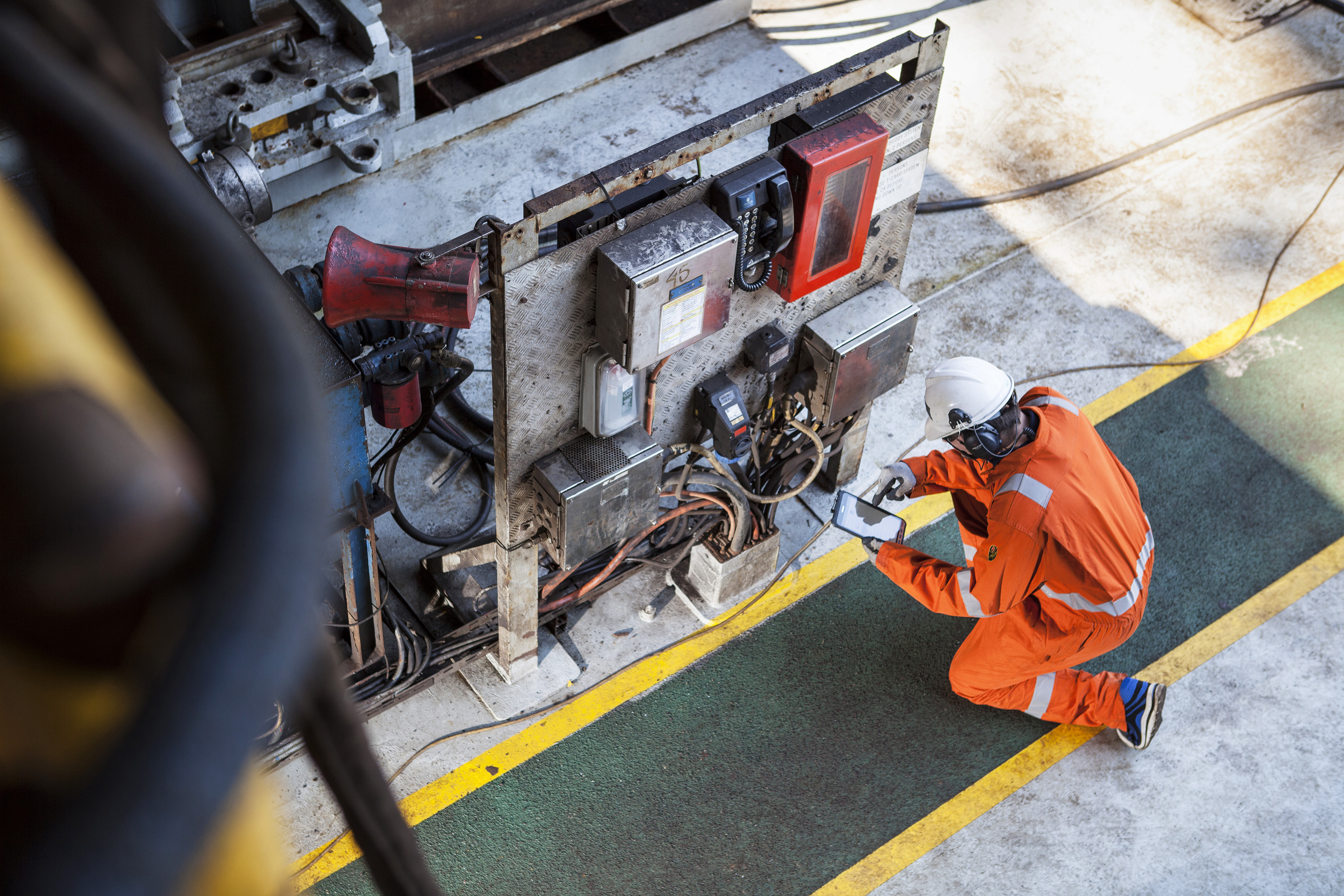Governing bodies, such as The U.S. Occupational Health and Safety Administration (OSHA), classifies the oil and gas industry into distinct segments: oil and gas extraction, drilling oil and gas wells, and support activities for oil and gas operations. No matter which segment a worker belongs to, they are likely to work in hazardous conditions which may involve exposure to chemicals, risk of fire or explosion, remote locales and confined spaces such as wells or pipelines and machines. Given the range of hazards, all field equipment used on site must be certified for use in hazardous areas.
Although putting health and safety of workers is necessary, it also hampers the efficiency of workers themselves. While workers in non-hazardous areas use mobile devices such as tablets and smart phones to connect to core business applications, record data and communicate, hazardous-area workers have been forced to rely on paper, landline phones and desktop computers. This amounts to inefficient communication and delayed access to these important applications and critical data.
Traditionally, the only technologies that could qualify in hazardous areas were hardbound field manuals and intrinsically safe ruggedized laptops, which come up short when workers are in remote areas onsite. There are several challenges to productivity when using these outdated tools:
Cumbersome Hardware: Carrying laptops, however ruggedized they may be, leaves workers with cumbersome equipment in the field. This means these intrinsically safe laptops might not always be utilised at full efficiency. Workers in the oil and gas field might instead forego important communications and lean towards alternative paper-based solutions such as clipboards and blueprints.
Static information: Using paper-based solutions or even intrinsically safe laptops with limited connectivity means field workers in the oil and gas industry might not be able to access the most up to date and accurate information with real time access. If given an intrinsically safe laptop without backup paper-based material, there is a level of risk and the high costs associated with downtime. If the worker cannot connect and access relevant information, they are unable to carry out their task effectively.
Digitalizing hazardous areas. Enabling connectivity. Enhancing mobility.

The Pepperl+Fuchs brand Ecom is a leading manufacturer of comprehensive solutions for intrinsically safe mobile computing and industrial communication in hazardous areas.
Since 1986, Ecom has played a key role in pioneering explosion protection for mobile devices. The company has demonstrated its technological expertise with several innovations and tried-and-tested mobile solutions —from intrinsically safe smartphones, cell phones, and tablets to accessories like wireless headsets and barcode scanners. Each of Ecom’s solutions combines uncompromised security with the highest level of functionality and includes all necessary approvals and certificates for global use. This opens completely new possibilities and increases the safety, efficiency, and transparency of operations in both conventional and Industry 4.0 applications.
Organizations are starting to realize how mobility solutions can benefit their business. Today, the focus is on technologies that reduce costs and improve efficiency. Game-changing breakthroughs in mobile computing and communication technologies are enabling industries to improve workforce productivity, data quality, and the speed and accuracy of decision-making. The Internet of Things (IoT) will become increasingly important in the oil & gas sector and will change the way companies deploy labour to use resources more effectively.
Mobile solutions enhance efficiency during operation: The integration of augmented reality applications and the connection to higher-level information systems combines virtual and real-life process data. This not only provides information about device status and process data, but it also identifies the appropriate system equipment, preventing malfunctions. Users can also navigate through the system intuitively.
Maintenance in line with Industry 4.0: Processes and related information are no longer simply visible but are also superimposed directly on the display—without any navigation whatsoever. This enables real-time maintenance. Users can access maintenance cycles and corresponding documentation on-site—for instance, in an SAP cloud. Predictive maintenance is also possible based on deviations in the measured values. Issues can be identified and fixed automatically, and failures can be prevented more reliably.
Successful turnaround management minimizes downtime: System shutdown and start-up procedures involve sensitive and time-critical processes with numerous coordinated activities. Error-free shutdown and start-up procedures can be carried out quickly and efficiently with standardized support.










